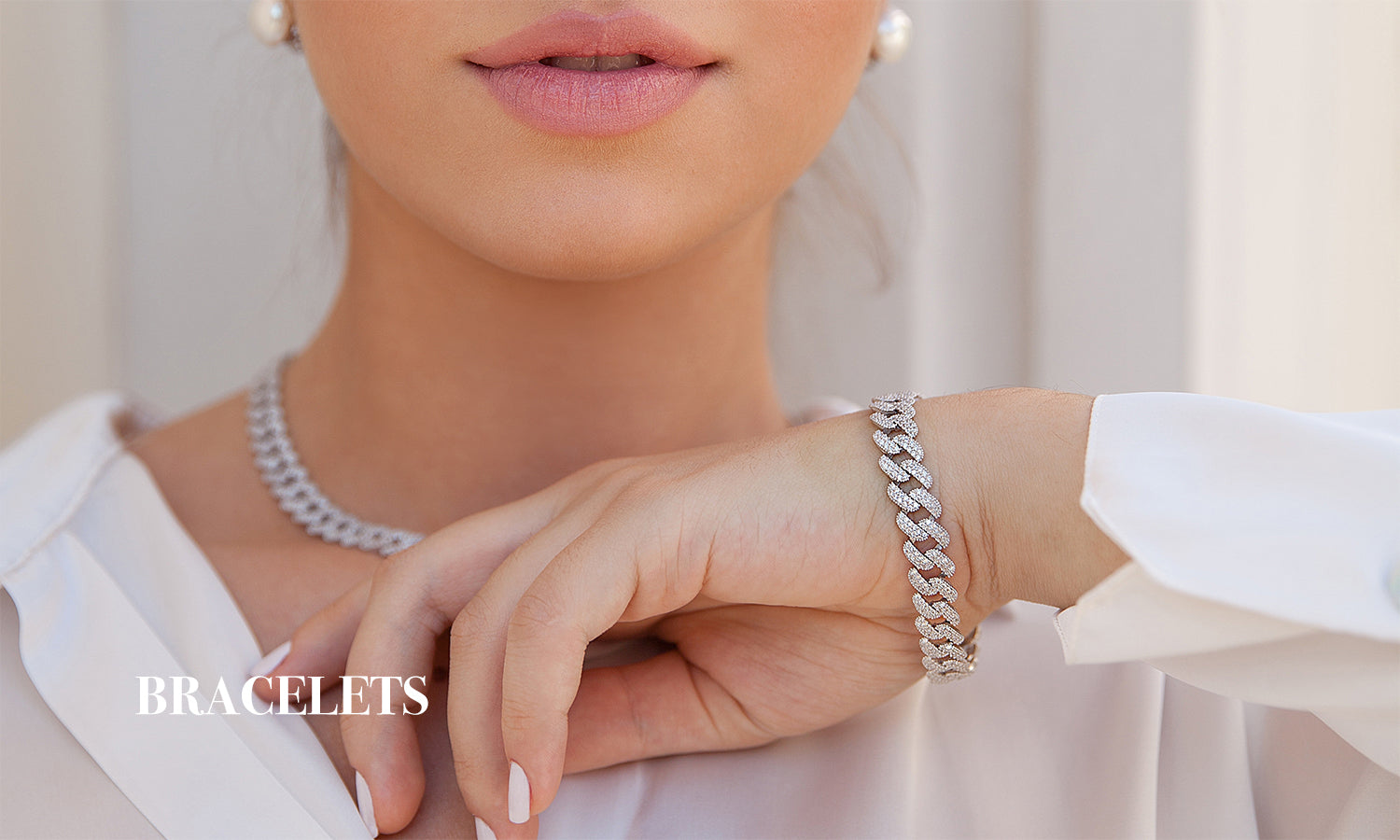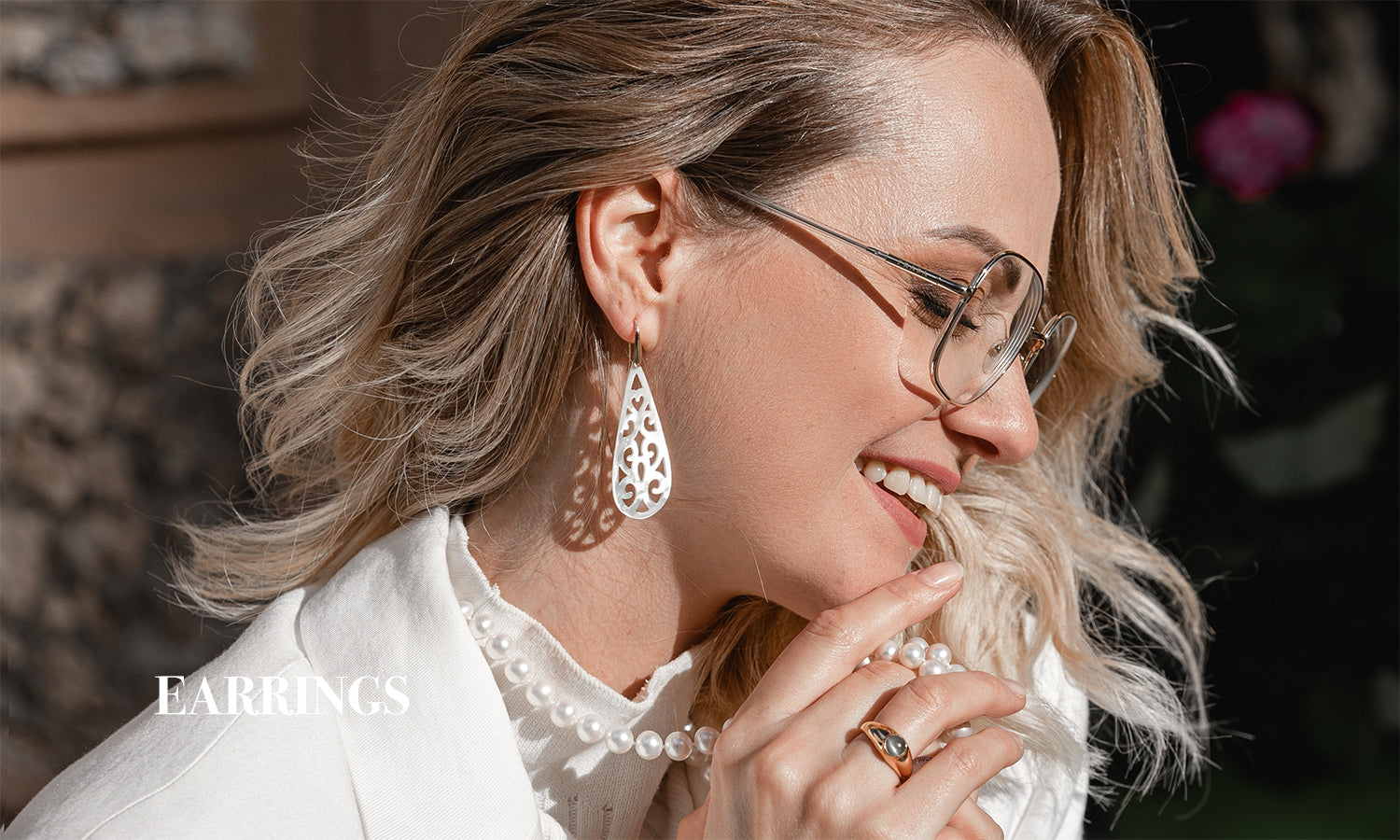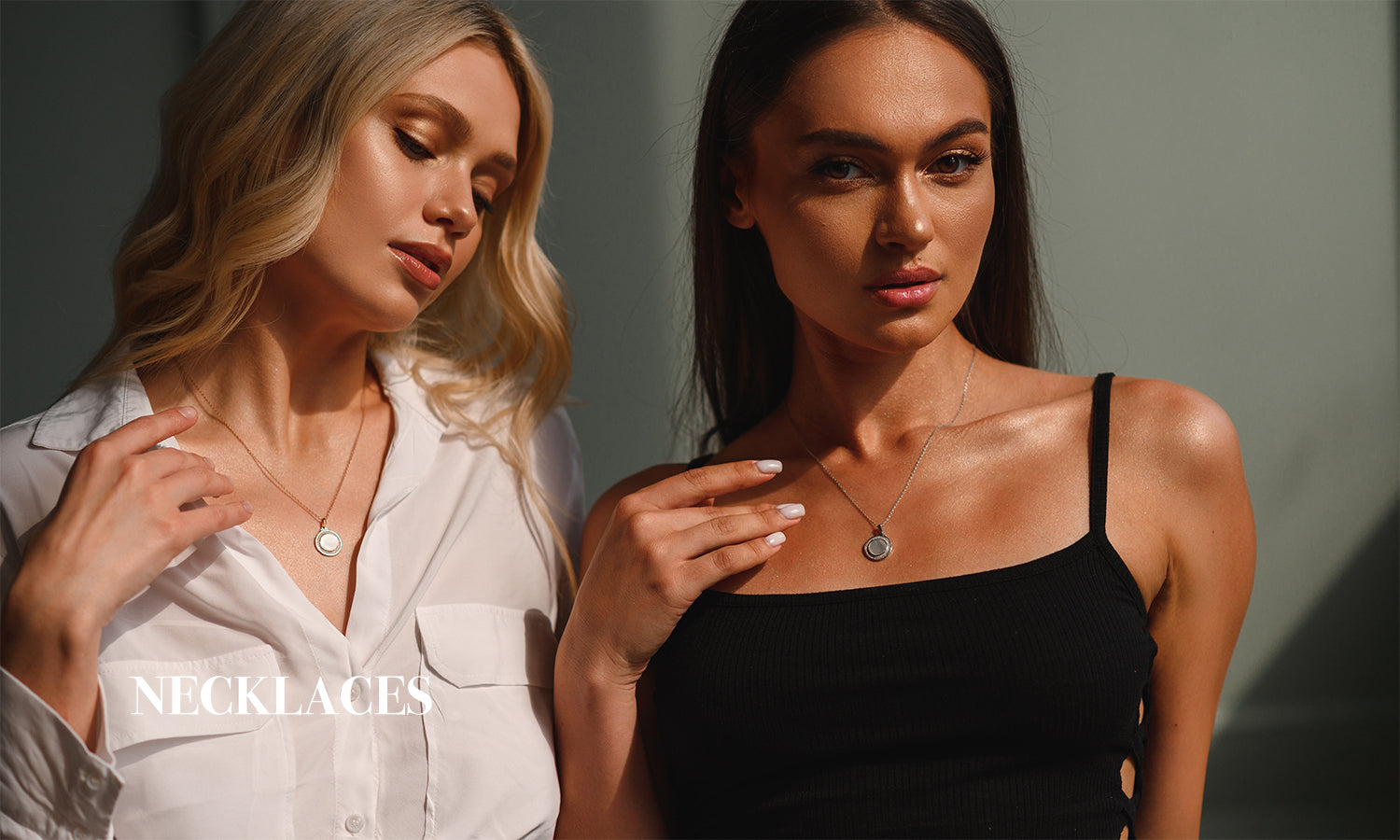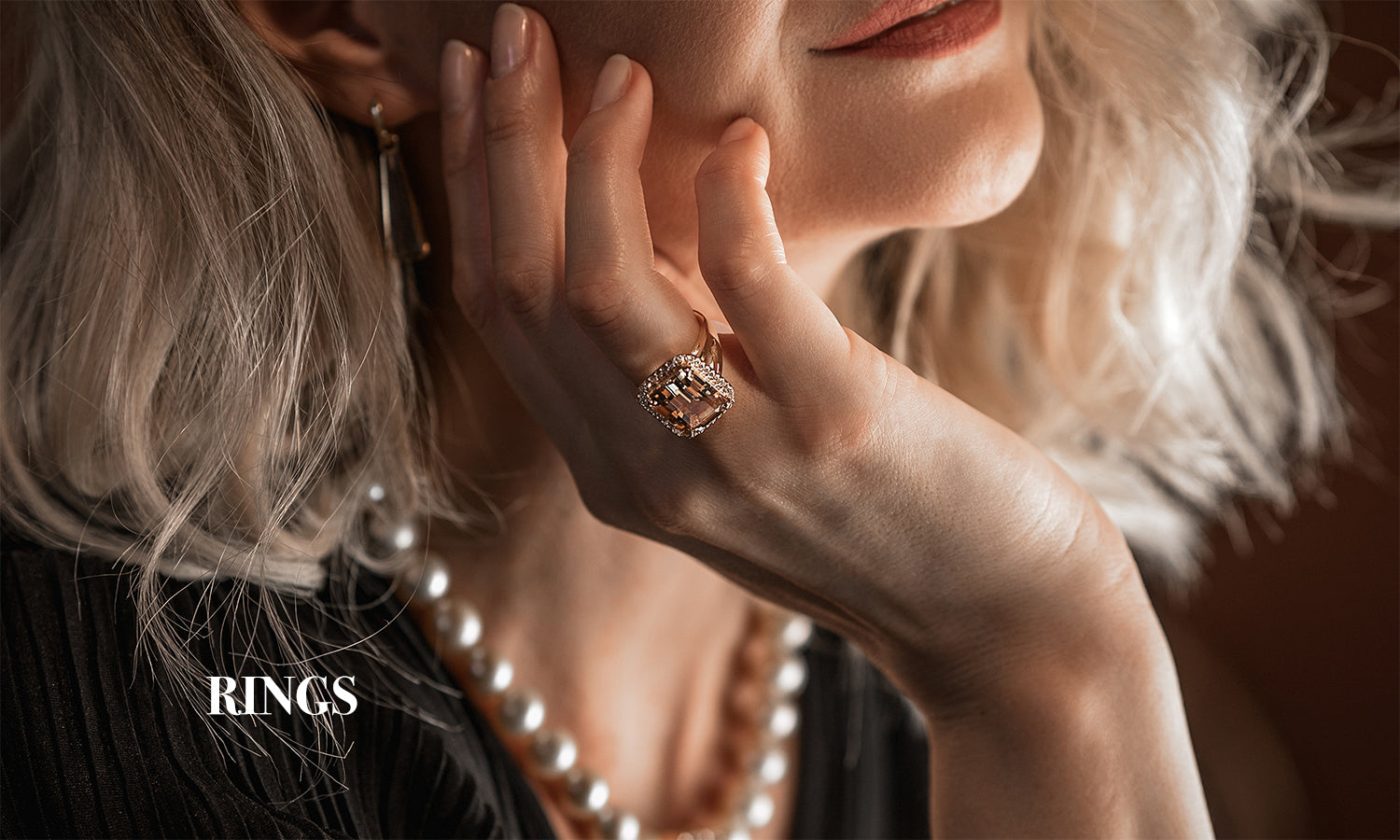We have all seen at one time or another all kinds of jewelry with beautiful engravings, such as names, dates, or phrases. Jewelry engravings provide a differential, emotional, and beauty factor that does not exist before in the piece in question. That is why today in Planderful we want to tell you how these engravings are made in jewelry.

What is an engraving?
That term comes from the French word "engrave". In general, an engraving denotes written incisions on solid elements. The purpose of an engraving is to remove material. This constructs a surface configuration, which stands out from the background.
On the one hand, this technique represents a beautiful target work with all patterns. On the other hand, it retains a very unique individuality, which makes each piece of jewelry with engraving unique. Engraving is ideal for wedding rings or personal jewelry.
There are many different methods of engraving:
- Laser engraving
- Milled engraving
- Diamond engraving
However, there is not only the option to engrave different writings in or on a ring. There are also icons to choose from, the possibilities are endless.
The value of engraving
Jewelry engraving is a possibility that when buying or giving a piece of jewelry as a gift, gives it a deeper meaning and an even greater value to the object itself in the eyes of the person who receives it.
From the past, when goldsmiths and jewelers used to engrave jewelry in an absolutely handmade way, burin in hand, a lot of pulses and a firmness without hesitation, to current techniques where the laser replaces those procedures learned from masters to apprentices. These new techniques have made things much easier in terms of time.
The engraving motifs that we see in jewelry or costume jewelry pieces nowadays usually orbit around very identified themes: love, friendship, special dates, general reminders, personal seals, animal figures, or various elements. Any of them makes the piece a distinguished element of incredible emotional impact for the person who will be lucky enough to enjoy it.
Jewelry Engraving Techniques
Determining which jewelry engraving technique is best doesn't make much sense. The art of engraving has become so polished that the end result is going to be, 99% of the time, satisfactory for all intents and purposes.
As is happening in so many handicraft disciplines, the traditional way of engraving is becoming less and less profitable. It is still done, but in very specific orders where it is desired to be executed in such a way, or when the complexity of the motif demands that it be executed by a goldsmith experienced in the good use of the burin in hand.
- Handcrafted technique
The work has been done by hand since the 20th century by the old jewelers and goldsmiths, with extensive experience. In the hands of a good professional, the degree of precision of the engravings is excellent.
Nowadays, there are few workshops that engrave jewelry in this artisanal way. The cost of the work is higher and, unfortunately, there are fewer and fewer active profiles with sufficient experience to make them.
- Laser machine technique
By far the standard procedure used in most jewelry workshops for engraving jewelry in any type of material. Enormous precision and security in the finishes thanks to this technique. In small and large engravings, the end result is excellent.
The machines usually have different engraving modes (micro percussion, laser, scratching...), depending on the piece and the material to be engraved. The stability of the output power of these laser machines allows them to guarantee very high performance in the work they perform.
- Pantograph technique
This technique is not very widespread. It is a technique derived from drawing. It uses an instrument composed of rods connected to each other, which move in unison on a fixed point (pivot).
Main motifs and jewelry for engraving
We have already anticipated which are the motives, and the contexts in which the users choose to engrave the jewels. Reasons derived from love, friendship, celebration, or the memory of a special date or moment in our lives or in the lives of our loved ones.

Most common pieces for engraving
- Rings
- Watches
- Necklaces
- Bracelets
Other precious pieces
We speak here only of jewelry, but all kinds of objects can also be engraved. Examples are frames, trophies, or fine cutlery.
Jewelry engraving motifs
Regarding the motifs to be engraved on the pieces, the most common ones are well-identified, but it must be said that almost anything that comes into one's imagination can be engraved on a piece of jewelry. That said, it is not usual to move away from the most representative motifs, such as:
- Names
- Dates
- Small phrases (motivational, dedication, reminders)
- Initials / Acronyms
- Animal figures (mascots)
- Mythological figures
- Animated figures
- Faces of loved ones
- Drawings
- Various symbols (including ancient languages)
Materials to engrave on
- Yellow gold
- White gold
- Silver
- Steel
- Titanium
Final words
Jewelry engraving motifs vary depending on whether it is a gift or it is the owner of the piece who wants to buy a piece of engraved jewelry or engrave an antique piece. When it is a gift, more traditional motifs such as small dedications, names, or initials are usually chosen.
On the other hand, if it is the person who wants to give an even more special meaning to one of his or her pieces, he or she might opt for a more complex engraving whose meaning is more personal and difficult to understand for the rest of the people.
Be that as it may, jewelry engraving is a very attractive possibility in the jewelry sector, which goes far beyond engravings for engagement or marriage bonds. The reasons are friendship, love, loyalty, gratitude, etc. These are just some of the reasons that motivate people of all ages (with a greater tendency among young women) to engrave their jewelry with emotional elements that they will carry with them for life.

Visit Planderful's website and discover the best jewelry for you.





